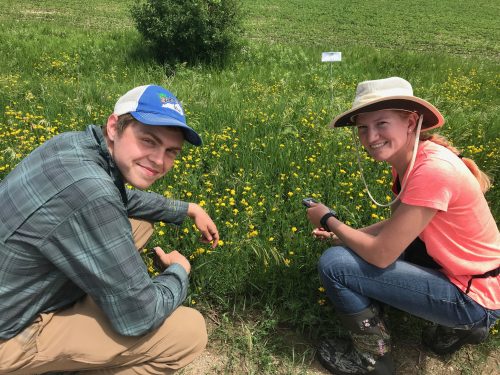The year is 1300 CE. Steven, a viking explorer, has just landed on the shores of the land that would one day become Kensington, Minnesota. Steven and his crew pull their longship ashore on the banks of the vast Southern Canadian Sea, weary from their long journey. Although Steven would never see how dairy, corn, and soybeans would feed the world of his progeny, Steven saw in this landscape the potential for a land of vast prosperity. In the first few months, Steven lost most of his crew to a frog-borne parasite, now known exclusively for its adverse health effects in dogs. Steven learned the lay of this new land but often struggled. He was drawn back to his homeland after many years of documenting the landscape. Steven took with him a new appreciation for the beauty of discovery, and respect for new lands. Though most traces of Steven’s visit are lost, the Kensington runestone documents Steven’s journey into the unknown.
In the years following Steven’s journey, this majestic Southern Canadian Sea receded further to the north, eventually becoming what we know today as the boundary waters. As the soil dried, the sea floor served as a mineral-rich substrate for the colonization of new seeds. This new community of plants (dominated by grasses, forbs, and legumes) became the tallgrass prairies we know and love. Many people and animals have come to appreciate the prosperity of this verdant land. The spot on which Steven first stepped foot on North American shores is known today as Steven’s Approach.
Today, Steven’s Approach provides scientists associated with the Echinacea Project an opportunity to study how small plant populations persist in fragmented habitats. The site is comprised of two small remnant prairie patches located along Wolly Lake Road near Kensington, Minnesota. Most of the site is dominated by non-native plants. Invasive plants like these often make it difficult for native plants to compete for resources and space. This ecological consequence of small habitat sizes may impact the native plants at this site. Steven’s Approach only had one flowering Echinacea individual. What are the chances for reproduction and survival when your population is 1? This single plant is dependent upon pollinators for spreading its genetic material. How close is the nearest Echinacea individual? Will this individual plant at Steven’s Approach be able to spread its genes onto the next generation? This plant may struggle to survive and reproduce in the coming years.

Perhaps Steven existed, perhaps he did not; regardless, we hope that you were able to see the value of Steven’s journey. Discovery, growth, and a willingness to live with an open mind were key to his success. Our own growth this summer will be a lot like Steven’s. Like Steven, we will approach this new experience with a willingness to grow. We will learn more about ecology and evolution in fragmented habitats. We will take the knowledge we gain from this summer back with us to our own institutions in the fall. While we seek knowledge about the world around us, we will really come to know ourselves.

Leave a Reply